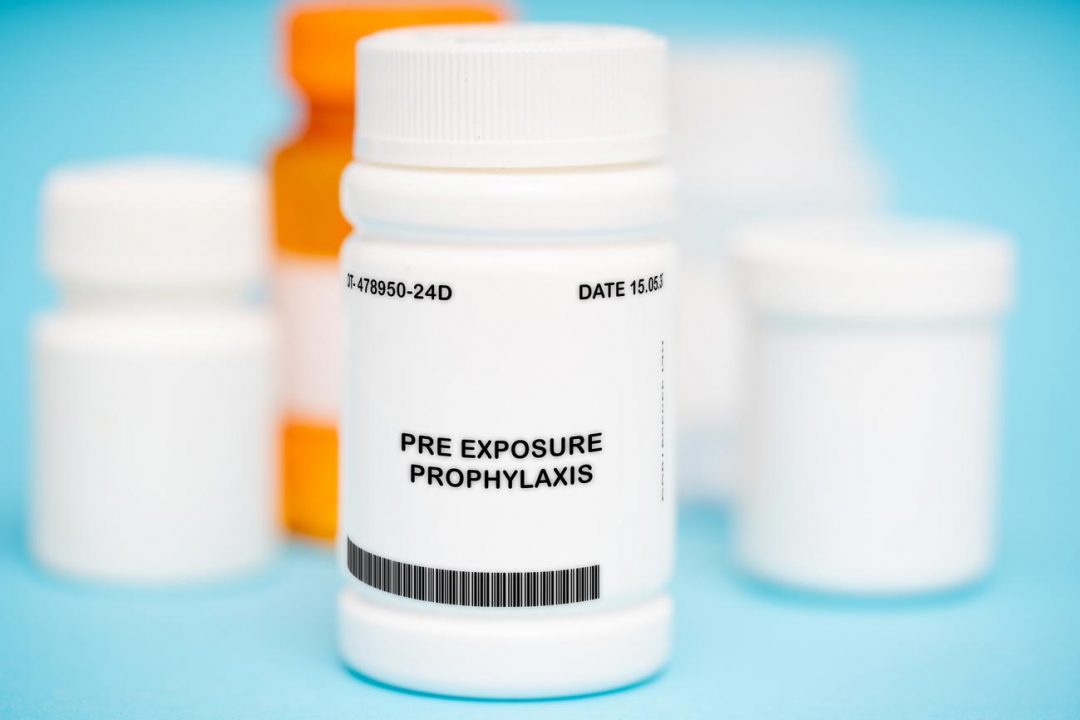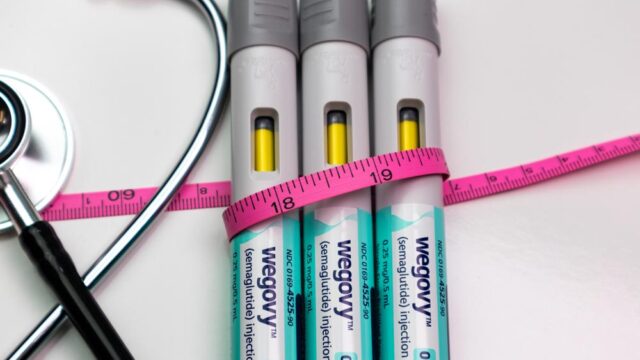Advertisment
Trends in oral and injectable HIV preexposure prophylaxis prescriptions in the US

Preexposure prophylaxis (PrEP) with antiretroviral medications is effective in preventing HIV acquisition.1 Multiple PrEP medications have recently become available in the US, including 3 oral options with comparable safety and efficacy: branded tenofovir disoproxil fumarate/emtricitabine (TDF/FTC) (July 2012), branded tenofovir alafenamide fumarate/emtricitabine (TAF/FTC) (October 2019), and generic TDF/FTC (October 2020).1 A long-acting injectable option (cabotegravir) became available in December 2021.1 TDF/FTC and cabotegravir have been approved for use by men and women; TAF/FTC has not been approved for females.1 The costs of branded medications are substantially higher than those of generic PrEP.2 Information on PrEP prescriptions by medication type is limited. This study examined trends in PrEP medication prescriptions in the US from 2013 to 2023.
Data were obtained from the IQVIA Real-World Longitudinal Prescription Data database (IQVIA), which included more than 95% of US retail pharmacy and more than 75% of mail order pharmacy prescriptions.3 Prescription claims, medical claims, and demographics databases were linked,3 allowing us to measure prescriptions for a single patient over multiple years and describe demographic and payer information by medication type.
To identify persons prescribed PrEP, we used a validated algorithm.3,4 We estimated the cumulative and monthly number of persons aged 13 years or older prescribed PrEP by medication type from January 2013 to December 2023. Cumulative estimates were deduplicated by patient ID. Monthly estimates were deduplicated only by medication type because a person might be prescribed more than 1 type of PrEP in a given month. We used χ2 tests to assess whether demographic characteristics (Table) of PrEP users were significantly different by medication type in 2023. Analyses were conducted using SAS version 9.4 (SAS Institute). Alpha of .05 (2-sided) defined statistical significance. This study was determined by the Centers for Disease Control and Prevention to be exempt from institutional review board review. This study was reported using STROBE reporting guidelines.
From January 2013 to December 2023, a cumulative 1 126 878 persons were prescribed oral or injectable PrEP, 88.6% of whom were male. The annual number of PrEP users increased from 10 281 in 2013 to 505 730 in 2023.
The monthly use of branded TDF/FTC increased from January 2013 to September 2019, but decreased after branded TAF/FTC and generic TDF/FTC became available (Figure). From December 2021 to December 2023, generic TDF/FTC had the highest monthly share of users among all medications (74 319 vs 74 106 for TAF/FTC; 11 002 for branded TDF/FTC).
A cumulative 99% of persons prescribed PrEP from 2013 to 2023 were prescribed oral PrEP. Since injectable cabotegravir became available in early 2022, it has been prescribed for a cumulative 15 428 persons. From 2022 to 2023, the percentage of PrEP users prescribed cabotegravir increased from 1.1% to 2.5%.
In 2023, generic TDF/FTC was the predominant form of PrEP prescribed (53.4%) (Table). Significant differences in age and region by medication were found, although differences by sex and insurance were even more pronounced. Of persons prescribed branded TDF/FTC, 29.3% were female compared with 2.5% for branded TAF/FTC (P < .001). More users of generic TDF/FTC had private insurance (70.9%) vs those prescribed branded TAF/FTC (54.6%) and TDF/FTC (28.6%) (P < .001); 22.3% of those prescribed generic PrEP had public insurance, similar to the percentages using branded medications.
PrEP use increased between 2013 and 2023, with generic TDF/FTC being the most frequently prescribed medication since 2021. Injectable PrEP use was low likely because of barriers such as the high cost of stocking this expensive medication in clinics. The lower proportion of persons prescribed generic TDF/FTC with public insurance vs private insurance may be attributed to use of 340B programs with prescribing of branded medications required for manufacturer rebates.
New PrEP medications are heavily marketed, yet, generic PrEP dominated the market despite the availability of 3 branded medications. This could be attributed to a 2021 federal guidance directing insurers to cover the cost of generic PrEP medication without patient cost-sharing,5 suggesting that effective health policy can result in lower health care expenditures.
Study limitations include that IQVIA did not capture prescriptions in organizations, such as Kaiser Permanente and the Veterans Administration, and did not include information about the current gender of PrEP users, so transgender users could not be identified. Also, PrEP use by race and ethnicity was not assessed because this information was missing for most users, and payer information was missing for about 20%.
Studying PrEP prescribing patterns is necessary to monitor progress in the efforts to increase PrEP use and end HIV spread.
Accepted for Publication: September 26, 2024.
Published Online: October 14, 2024. doi:10.1001/jama.2024.21493
Concept and design: Mann, Zhu, Huang, Neblett Fanfair, Hoover.
Acquisition, analysis, or interpretation of data: Mann, Zhu, Huang, Kourtis, Hoover.
Drafting of the manuscript: Mann, Zhu, Hoover.
Critical review of the manuscript for important intellectual content: Zhu, Huang, Kourtis, Neblett Fanfair, Hoover.
Statistical analysis: Mann, Zhu, Huang.
Administrative, technical, or material support: Mann, Huang.
Supervision: Huang, Kourtis, Neblett Fanfair, Hoover.
Conflict of Interest Disclosures: None reported.
Funding/Support: This study was funded by the Centers for Disease Control and Prevention (CDC).
Role of the Funder/Sponsor: The CDC had a role in the design and conduct of the study; collection, management, analysis, and interpretation of the data; preparation, review, or approval of the manuscript; and decision to submit the manuscript for publication.
Disclaimer: The findings and conclusions in this study are those of the authors and do not necessarily represent the official position of the CDC.
Data Sharing Statement: See the Supplement.





